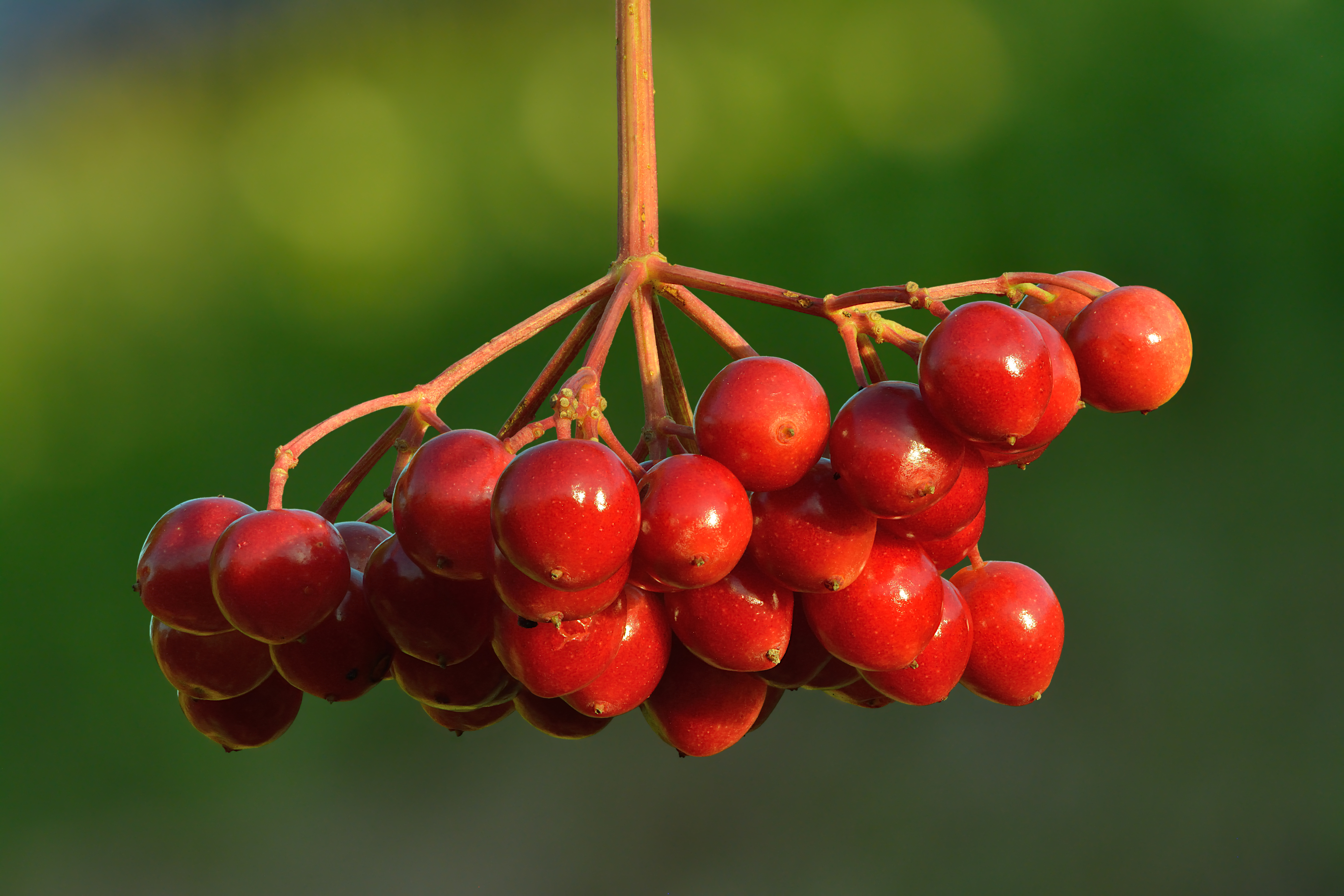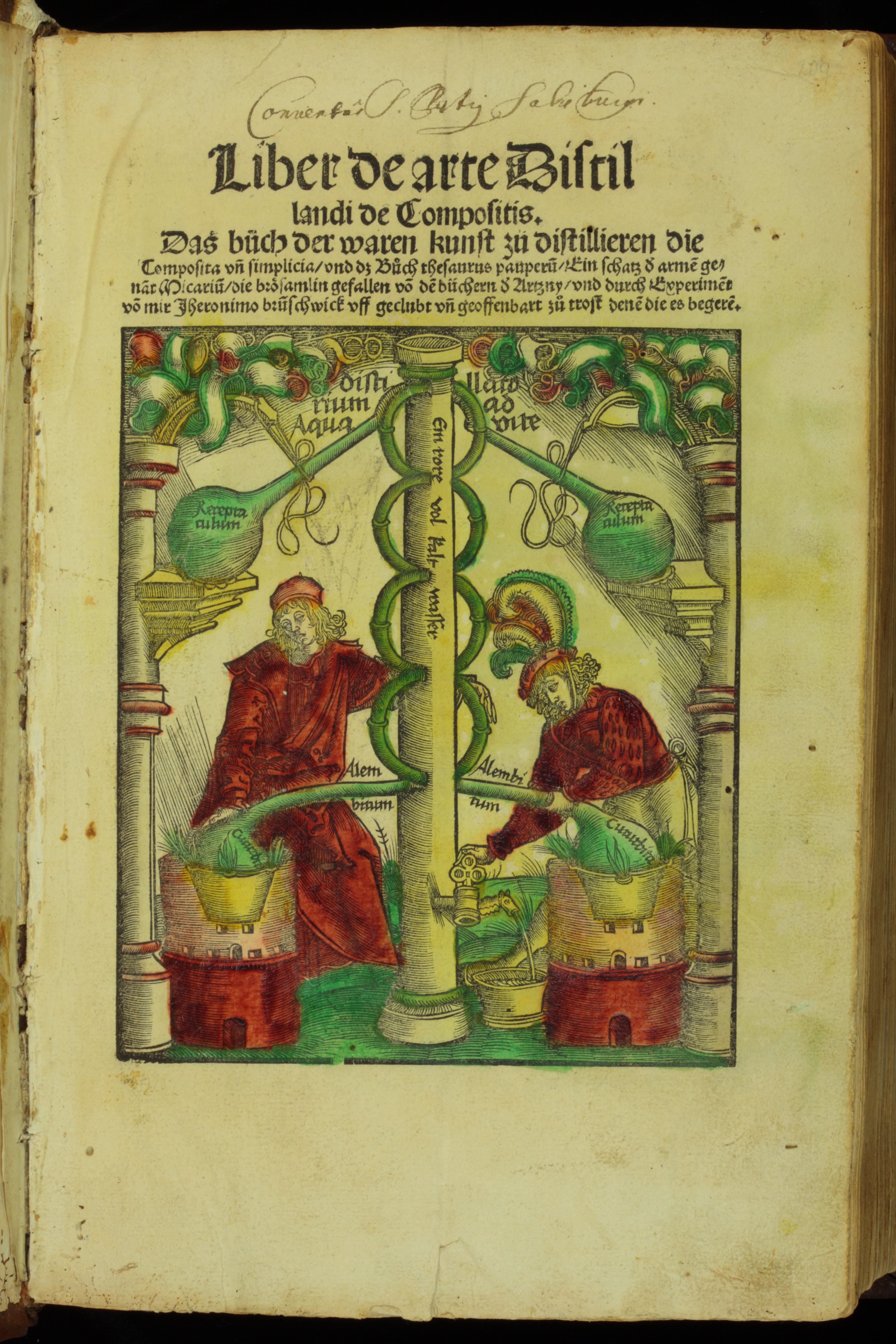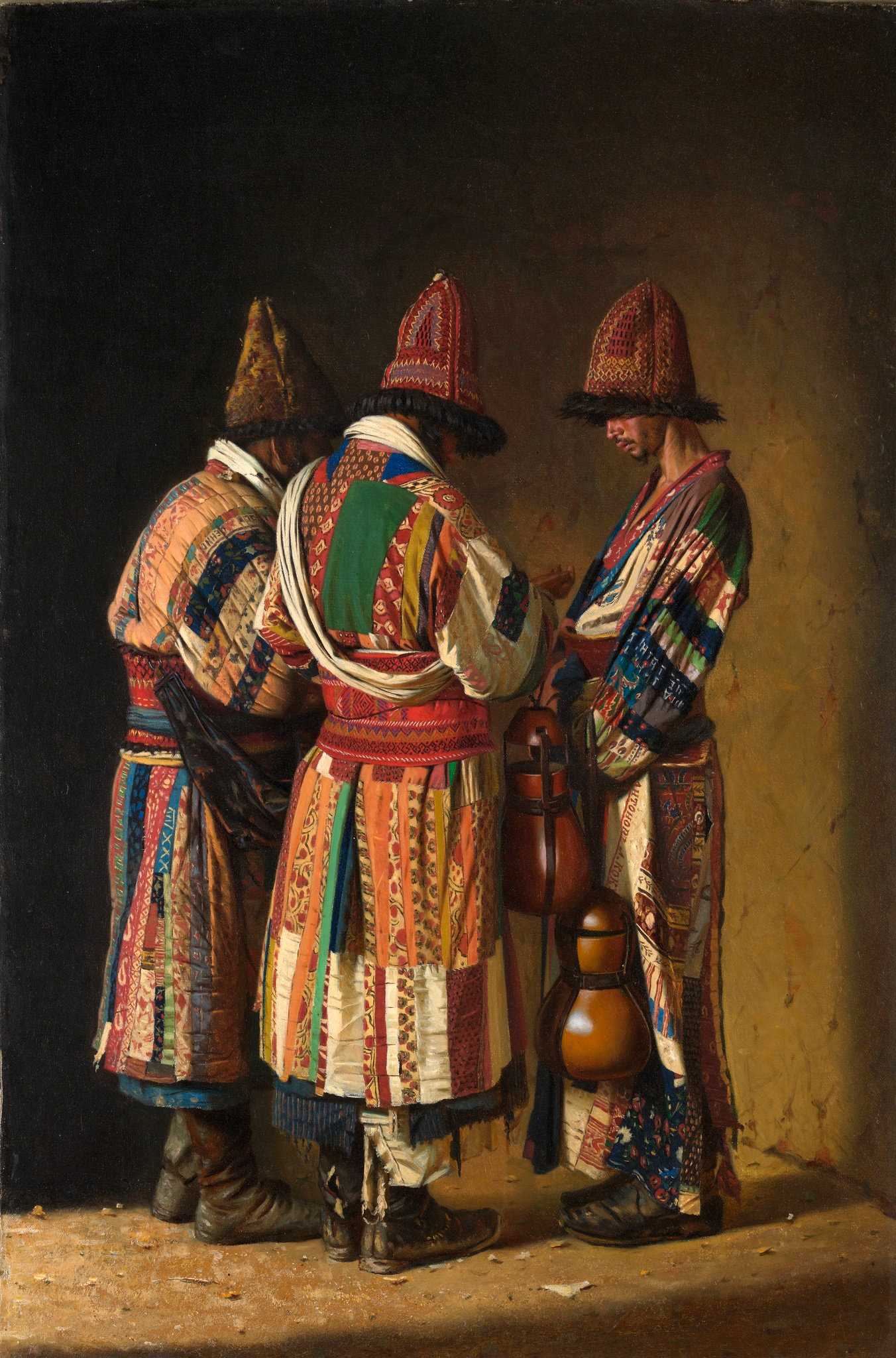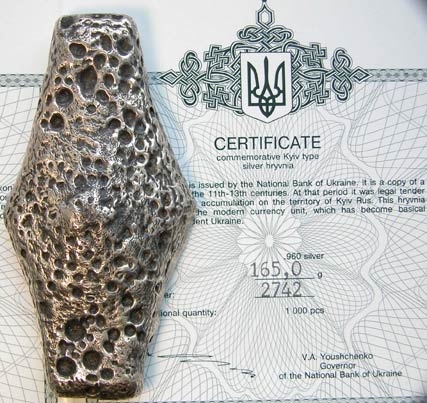|
Cossack Mamay
Cossack Mamay (in less significant variants also named as Cossack banduryst, ua, Козак Мамай) is a Ukrainian folkloric hero, one of the standard characters in traditional Ukrainian itinerant puppet theater, the Vertep. Overview Cossack Mamay is encountered in legends, folk stories and proverbs. These became widely popular after the dissolution of the Zaporizhian Sich in 1775. Cossack Mamay is one of the most common characters in Ukrainian folk painting, from the late 17th century to the present time. In the hundreds of surviving paintings, Cossack Mamay is usually shown with a kobza – a lute-like musical instrument that is the symbol of Ukrainian soul; a horse, which represented both freedom and fidelity; and an oak with his weapons hanging on it symbolizing the people's strength. The paintings from the time of Koliyivschyna sometimes portray Mamay on the background of violent incidents involving Poles or Jews. "Cossack-Bandurist", "Cossack-Zaporozhets", "Cossack M ... [...More Info...] [...Related Items...] OR: [Wikipedia] [Google] [Baidu] |
Cossack Mamay 1890
The Cossacks , es, cosaco , et, Kasakad, cazacii , fi, Kasakat, cazacii , french: cosaques , hu, kozákok, cazacii , it, cosacchi , orv, коза́ки, pl, Kozacy , pt, cossacos , ro, cazaci , russian: казаки́ or , sk, kozáci , uk, козаки́ are a predominantly East Slavic languages, East Slavic Eastern Orthodox, Orthodox Christian people originating in the Pontic–Caspian steppe of Ukraine and southern Russia. Historically, they were a semi-nomadic and semi-militarized people, who, while under the nominal suzerainty of various Eastern European states at the time, were allowed a great degree of self-governance in exchange for military service. Although numerous linguistic and religious groups came together to form the Cossacks, most of them coalesced and became East Slavic languages, East Slavic-speaking Eastern Orthodox Church, Orthodox Christians. The Cossacks were particularly noted for holding democratic traditions. The rulers of t ... [...More Info...] [...Related Items...] OR: [Wikipedia] [Google] [Baidu] |
Mamay (film)
''Mamay'' ( uk, Мамай) is a 2003 Ukrainian language film. Based on ancient Ukrainian and Crimean Tatar folklore, this is a Ukrainian version of ''Romeo and Juliet ''Romeo and Juliet'' is a Shakespearean tragedy, tragedy written by William Shakespeare early in his career about the romance between two Italian youths from feuding families. It was among Shakespeare's most popular plays during his lifetim ...''. A Cossack Mamay, fugitive Cossack falls in love with a stunningly beautiful Tatar woman who saves him from certain death. Their love defies age-old hatred between their respective peoples. The film features cinematography by Serhiy Mykhalchuk and a soundtrack by composer Alla Zahaikevych. It was directed by Oles Sanin. ''Mamay'' was Ukraine's 2003 submission for an Academy Award for Best Foreign Language Film. Plot Created on the basis of ancient Ukrainian and Crimean Tatar folklore. This is the Ukrainian version of Romeo and Juliet. A fugitive Cossack falls ... [...More Info...] [...Related Items...] OR: [Wikipedia] [Google] [Baidu] |
Kobzarstvo
Kobzarstvo () in the wider definition, is the art and related culture of singing to the accompaniment of the Ukrainian folk instruments known as the bandura, kobza and the Ukrainian hurdy-gurdy whom as the lira. More specifically, it deals with the related culture of the blind professional itinerant folk singers, known as the kobzars and the lirnyk ] The lirnyk ( Ukrainian language, Ukrainian: лірник; plural лірники - lirnyky) were itinerant Ukrainian musicians who performed religious, historical and epic songs to the accompaniment of a lira, the Ukrainian version of the hurd ...s. It includes their musical genres, style of performing, playing techniques, customs, secret language (known as Lebiy), organization and para-religious traditions. The study of kobzarstvo initially started in the mid 18th century and continues to this day. The wider definition, although not accurate, it can also include the culture of the more modern non-blind conservatory trained musici ... [...More Info...] [...Related Items...] OR: [Wikipedia] [Google] [Baidu] |
Zaporozhian Host
Zaporozhian Host (or Zaporizhian Sich) is a term for a military force inhabiting or originating from Zaporizhzhia, the territory beyond the rapids of the Dnieper River in what is Central Ukraine today, from the 15th to the 18th centuries. These include: * Zaporozhian Cossacks, generally * Zaporozhian Sich, a semi-autonomous Cossacks' polity in the 16th–18th centuries * Registered Cossacks, Zaporizhian warriors who were recorded as cossacks in official registries of the Polish-Lithuanian Commonwealth between 1572 and 1699 * Cossack Hetmanate The Cossack Hetmanate ( uk, Гетьманщина, Hetmanshchyna; or ''Cossack state''), officially the Zaporizhian Host or Army of Zaporizhia ( uk, Військо Запорозьке, Viisko Zaporozke, links=no; la, Exercitus Zaporoviensis) ..., a Cossack state between 1649 and 1764 {{SIA Early Modern history of Ukraine ... [...More Info...] [...Related Items...] OR: [Wikipedia] [Google] [Baidu] |
Zaporizhian Host
Zaporozhian Host (or Zaporizhian Sich) is a term for a military force inhabiting or originating from Zaporizhzhia, the territory beyond the rapids of the Dnieper River in what is Central Ukraine today, from the 15th to the 18th centuries. These include: * Zaporozhian Cossacks, generally * Zaporozhian Sich, a semi-autonomous Cossacks' polity in the 16th–18th centuries * Registered Cossacks, Zaporizhian warriors who were recorded as cossacks in official registries of the Polish-Lithuanian Commonwealth between 1572 and 1699 * Cossack Hetmanate The Cossack Hetmanate ( uk, Гетьманщина, Hetmanshchyna; or ''Cossack state''), officially the Zaporizhian Host or Army of Zaporizhia ( uk, Військо Запорозьке, Viisko Zaporozke, links=no; la, Exercitus Zaporoviensis) ..., a Cossack state between 1649 and 1764 {{SIA Early Modern history of Ukraine ... [...More Info...] [...Related Items...] OR: [Wikipedia] [Google] [Baidu] |
History Of The Cossacks
The history of the Cossacks spans several centuries. Early history Several theories speculate about the origins of the Cossacks. According to one theory, Cossacks have Slavic origins, while another theory states that the Constitution of Pylyp Orlyk of 1710 attests to Khazar origins. Modern scholars believe that Cossacks have both Slavic and Turkic origins. The Academician Ivan Zabelin mentioned that peoples of the prairies and of the woods had always needed "a live frontier", and even ancient Borisphenites (Dniepr Scythians) and Tanaites could be the predecessors of Cossacks, not only the Khazars, who assimilated/included Severians, Goths, Scythians and other ancient inhabitants, as insisted by Cossack folklore, by the Constitution of Pylyp Orlyk, and by numerous Cossack historians. Because of the need of both the Reds and the anti-Bolshevik forces to deny any separate Cossack ethnicity, the traditional post-imperial historiography dates the emergence of Cossacks to the ... [...More Info...] [...Related Items...] OR: [Wikipedia] [Google] [Baidu] |
Guelder-rose
''Viburnum opulus'', the guelder-rose or guelder rose () is a species of flowering plant in the family (biology), family Adoxaceae (formerly Caprifoliaceae) native plant, native to Europe, northern Africa and central Asia. Description ''Viburnum opulus'' is a deciduous shrub growing to tall. The leaves are opposite, three-lobed, long and broad, with a rounded base and coarsely serrated margins; they are superficially similar to the leaves of some maples, most easily distinguished by their somewhat wrinkled surface with impressed leaf venation. The leaf buds are green, with valvate bud scales. The plant sexuality, hermaphrodite flowers are white, produced in corymbs in diameter at the top of the stems; each corymb comprises a ring of outer sterile flowers 1.5–2 cm in diameter with conspicuous petals, surrounding a center of small (5 mm), fertile flowers; the flowers are produced in early summer, and pollination, pollinated by insects. The fruit is a globose bright ... [...More Info...] [...Related Items...] OR: [Wikipedia] [Google] [Baidu] |
Coin Edge
Coin edges may be plain (smooth) or patterned, or a combination of both. They can also include lettering. Reeded edges are often referred to as "ridged" or "grooved" (US usage), or "milled" (UK usage).Concise Oxford Dictionary (2006): mill, produce regular ribbed markings on the edge of (a coin) Some coins, such as United States quarters and dimes, have reeded edges. Reeding of edges was introduced to prevent coin clipping and counterfeiting. The main techniques of coin edging are edge mills of various types, which put a pattern on a smooth edge after a coin and coin mills with edge ring, which pattern the edge at the time when the coin is being milled. Coin edge patterns Examples of patterns used on coin edges include: File:Гладкий гурт.png , File:С вырезом гурт.png , File:Рифлёный гурт.png , File:Прерывисто рубчатый гурт.png , File:С наклонными засечками гурт.png , File:Текстово� ... [...More Info...] [...Related Items...] OR: [Wikipedia] [Google] [Baidu] |
Aqua Vitae
''Aqua vitae'' (Latin for "water of life") or aqua vita is an archaic name for a concentrated aqueous solution of ethanol. These terms could also be applied to weak ethanol without rectification. Usage was widespread during the Middle Ages and the Renaissance, although its origin is likely much earlier. This Latin term appears in a wide array of dialectical forms throughout all lands and people conquered by ancient Rome. The term is a generic name for all types of distillates, and eventually came to refer specifically to distillates of alcoholic beverages (liquors). ''Aqua vitae'' was typically prepared by distilling wine and in English texts was also called ardent spirits, spirit of wine, or spirits of wine, a name that could be applied to brandy that had been repeatedly distilled. The term was used by the 14th-century alchemist John of Rupescissa, who believed the then newly discovered substance of ethanol to be an imperishable and life-giving "fifth essence" or '' quint ... [...More Info...] [...Related Items...] OR: [Wikipedia] [Google] [Baidu] |
Kalpak
Calpack, kalpak, or qalpaq ( kaa, калпак, tr, kalpak ; kk, қалпақ, ky, калпак, both ; bg, калпак; el, καλπάκι ('); pl, kołpak; uk, ковпак, ') is a high-crowned cap (usually made of felt or sheepskin) worn by Circassians, Dagestanis, Chechens, men in Turkey, Ukraine, the Balkans and throughout Central Asia and the Caucasus. The kalpak is used to keep the head warm in winter and shade out the sun during summer. There are different kalpaks for different seasons, with kalpaks used in winter being thicker and the ones used in summer being thinner but broader for shading purposes. There are many styles of kalpak. They usually can be folded flat for keeping or carrying when not being worn. The brim can be turned up all the way around. Sometimes there is a cut in the brim so that a two-pointed peak can be formed. Plain white ones are often reserved for festivals and special occasions. Those intended for everyday use may have a black velvet ... [...More Info...] [...Related Items...] OR: [Wikipedia] [Google] [Baidu] |
National Bank Of Ukraine
National Bank of Ukraine ( uk, Національний банк України) or NBU ( uk, НБУ) is the central bank of Ukraine – a government body responsible for unified state policy in the field of country's monetary circulation, including strengthening of the national currency unit, hryvnia. The National Bank of Ukraine employs over 12,000 people, making it one of the leading banks. It regulates and supervises activities, functions and legal status of government and commercial banks based on principles of the Constitution of Ukraine and the law of Ukraine. History Banking in Ukraine traces its history back to 1918 when on 22 December 1917, the Central Council of Ukraine adopted a law "On transformation of the Kyiv office of the Russian State Bank into the Ukrainian State Bank". The law united all offices of the former State bank, Noble Land Bank, and Peasant Land Bank. At the same time there existed a decree of the Central Executive Committee of Ukraine about the natio ... [...More Info...] [...Related Items...] OR: [Wikipedia] [Google] [Baidu] |
2014 Ukrainian Revolution
The Revolution of Dignity ( uk, Революція гідності, translit=Revoliutsiia hidnosti) also known as the Maidan Revolution or the Ukrainian Revolution,Ukraine profile - Timeline took place in in February 2014Everything you need to know about the Ukraine crisis [...More Info...] [...Related Items...] OR: [Wikipedia] [Google] [Baidu] |







